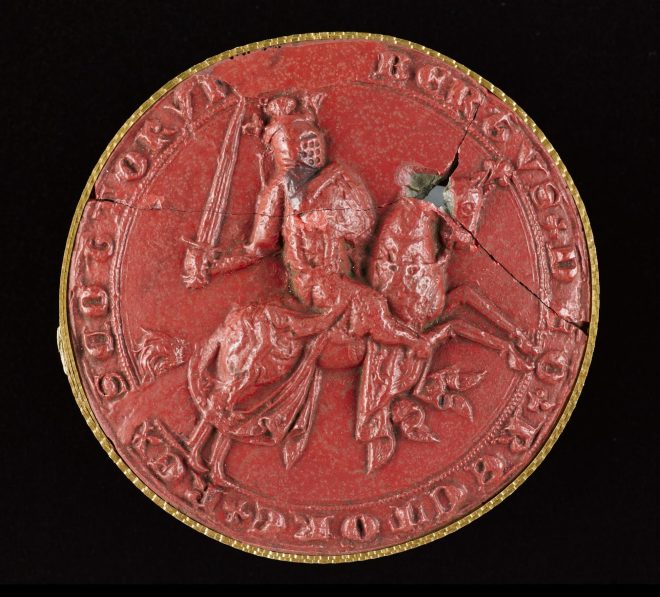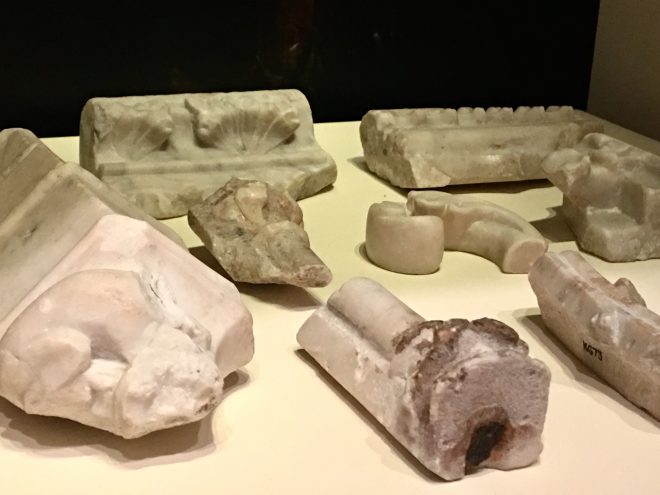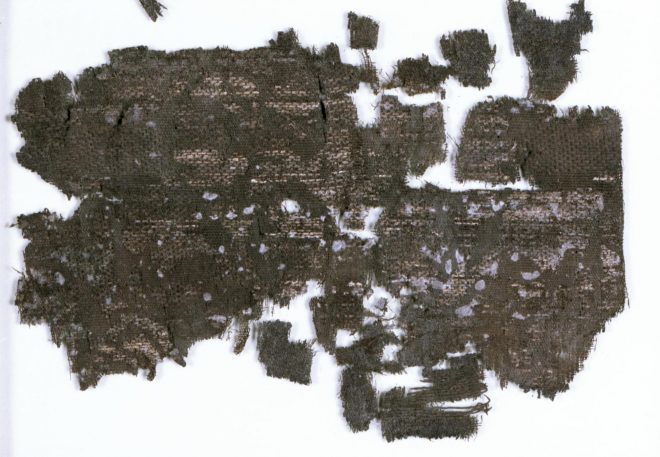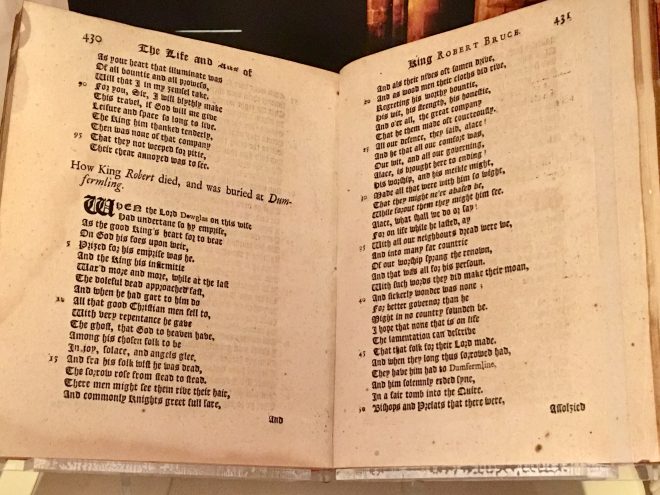My name is Callum Watson and I currently work at the Battle of Bannockburn Visitor Centre near Stirling, which commemorates one of the most celebrated moments in King Robert’s career. Recently I was fortunate enough to be asked to do some consulting work on Netflix’s upcoming Outlaw King.
Having spent years studying Robert the Bruce and making frequent trips to the National Museum of Scotland, I would like to draw attention to some objects in the collections that relate to the film’s hero – King Robert I of Scotland.

King Robert was born Robert Bruce, and as well as owning substantial estates in the south-west, he boasted a claim to be King of Scots, which his family had been pursuing since the death of Alexander III in 1286. Bruce’s opportunity to press this claim came suddenly and violently in 1306, when he stabbed his main political rival to death at Greyfriar’s Kirk in Dumfries. This act of sacrilege was hardly an auspicious start, and during the first year of his reign Bruce suffered a series of reversals that reduced him to the status of an outlaw in his own kingdom. However, his audacious and inventive leadership gradually enabled him to gain the upper hand in the armed struggle with England.

Bruce’s increasing military success attracted more and more support from the political community of Scotland. Following his most famous victory at the Battle of Bannockburn in 1314, King Robert was able to force all those who hoped to hold land in Scotland to recognise him as King of Scots first. In doing so, he ensured that Scotland’s most influential landowners had a vested interest in the survival of the Bruce dynasty, even after his death in 1329.

Personally, my favourite object on display in the National Museum of Scotland is the Bute Mazer (also known as the Bannatyne Mazer, and on loan from the Bute Collection at Mount Stuart). A mazer was a communal drinking vessel designed to be shared at feasts and other celebrations. In the case of the Bute Mazer, the ornate boss in the middle of the bowl is decorated with heraldry representing a number of influential people from south-west Scotland. This suggests that it was intended to be shared by these individuals at feasts to symbolise the political connections between them. In the centre of the boss is a lion, probably representing King Robert himself, and the coats of arms around him are presented with their ‘chiefs’ (i.e. the flat bits at the top) facing it towards the lion, representing their subservience to the king.

Between the lion’s paws is the coat of arms of Walter Stewart, the king’s son-in-law, suggesting the Bute Mazer may have been made for the celebrations surrounding Stewart’s marriage to Bruce’s daughter c.1315. This idea is supported by the fact that at least one of the figures represented on the mazer – Walter Fitz Gilbert – did not join King Robert’s cause until after the Battle of Bannockburn in 1314. Beside the lion’s right paw can be seen the coat of arms of James Douglas, one of King Robert’s most fearsome and heavily-rewarded supporters, who also features prominently in the Outlaw King. Another interesting aspect of the Bute Mazer is that one of the individuals represented on the boss is a woman, Susannah Crawford. Susannah’s presence suggests that, contrary to previous assumptions, influential women participated in the social rituals in which mazers such as this were used.
The Bute Mazer – and the other objects pictured above – can be found in the Kingdom of the Scots gallery (Level 1) at the National Museum of Scotland.
